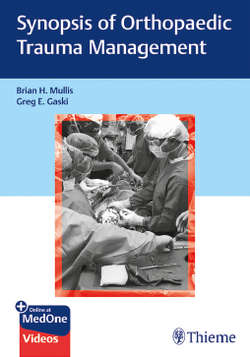Читать книгу Synopsis of Orthopaedic Trauma Management - Brian H. Mullis - Страница 50
На сайте Литреса книга снята с продажи.
V. Critical Analysis of a Journal Article
ОглавлениеA. Review the abstract first.
1. Does it catch your attention?
2. Does the research question make sense? Does it matter?
3. Are the authors’ conclusions derived from the data presented?
4. Is it clearly presented?
B. Review methods next.
1. Careful review of inclusion/exclusion criteria and interventions (and control groups).
2. Can the study be duplicated based upon the method presented (i.e., if the methods are followed by another group, can the study be performed by them?)?
3. Was ethical approval obtained?
4. Are there any sources of bias?
a. Check conflicts of interest.
b. Selection bias—occurs when the sample analyzed is not representative of the intended population. Problematic with retrospective trials as treatments provided may have been selected based upon surgeon preference, for example, unblinding of interventions in randomized trials.
c. Interventions are applied by standardization of application (i.e., all patients with condition X received either treatment A or B in a randomized fashion).
d. Outcomes are presented by standardized measurements (i.e., all patients who received a given treatment provided patient-centered outcomes scores, and objective clinical outcomes as measured clinically and radiographically were also consistently reported).
5. Is there sufficient follow-up to determine efficacy in a therapeutic trial?
C. Review the results.
1. Are the results presented in abstract consistent with results presented in body of manuscript?
2. Often, more results are presented in manuscript body than in the abstract.
3. Carefully pay attention to figures and tables (some journals require that all results be presented in table and figure form in addition to prose).
D. Introduction and discussion
1. These sections are potentially more beneficial for the novice reader.
2. Often set the context for the research question and can provide context for use of the results in the scheme of current practice.
3. These sections often represent authors’ opinions and are potentially least helpful to the intermediate/expert reader.
E. References
1. Pay attention to references from reputable journals.
a. A foreign journal is not disreputable.
b. Some open-access journals are very respectable.
2. If many references are from textbooks, be wary.
a. Textbooks/review articles may quote literature incorrectly.
b. A reference to a textbook or review article which misquotes the literature is misleading (perhaps unintentionally).
c. Always go back to source literature (primary research articles), when possible.
